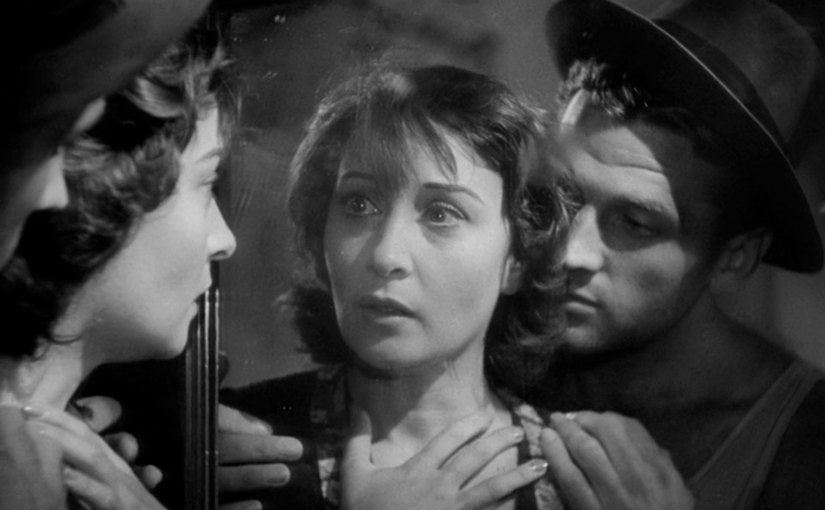Luchino Visconti | 2hr 20min

Ossessione’s derelict inns, sweaty singlets, and messy kitchens are far removed from the glamour of Hollywood’s film noirs, yet its forbidding tale of lust, murder, and fatalism nevertheless runs parallel to those expressionistic fables. When Gino’s hitchhiking lands him in a roadside tavern, the contempt that its co-owner Giovanna holds for her husband and business partner Giuseppe is revealed to be as strong as her attraction towards this new visitor. From there, an affair that maliciously seeks to remove Giuseppe from the picture unravels, revealing the dark hearts of those involved. Luchino Visconti’s camerawork is elegant here, navigating this conspiracy with intrigue as it turns towards a mirror during their nefarious plotting, and wanders through lives bars where secrets lurk between lovers.
With that said, Ossessione’s narrative is also impossible to remove from the social context it was made in. With Italy still under Fascist occupation in 1943, the hardships of the working class were at an all-time high, significantly deteriorating the nation’s sense of cultural identity and moral clarity. Neorealism was not yet a full-fledged movement, yet Visconti is thoughtfully sowing its seeds here, offering an unrelenting window into the life of the poor and the extremes to which they go simply for a taste of pleasure. His location shooting along provincial roads and in the seaside city of Ancona serves to underscore that authenticity as well, even as the narrative veers beyond the mundane and into gritty crime drama.
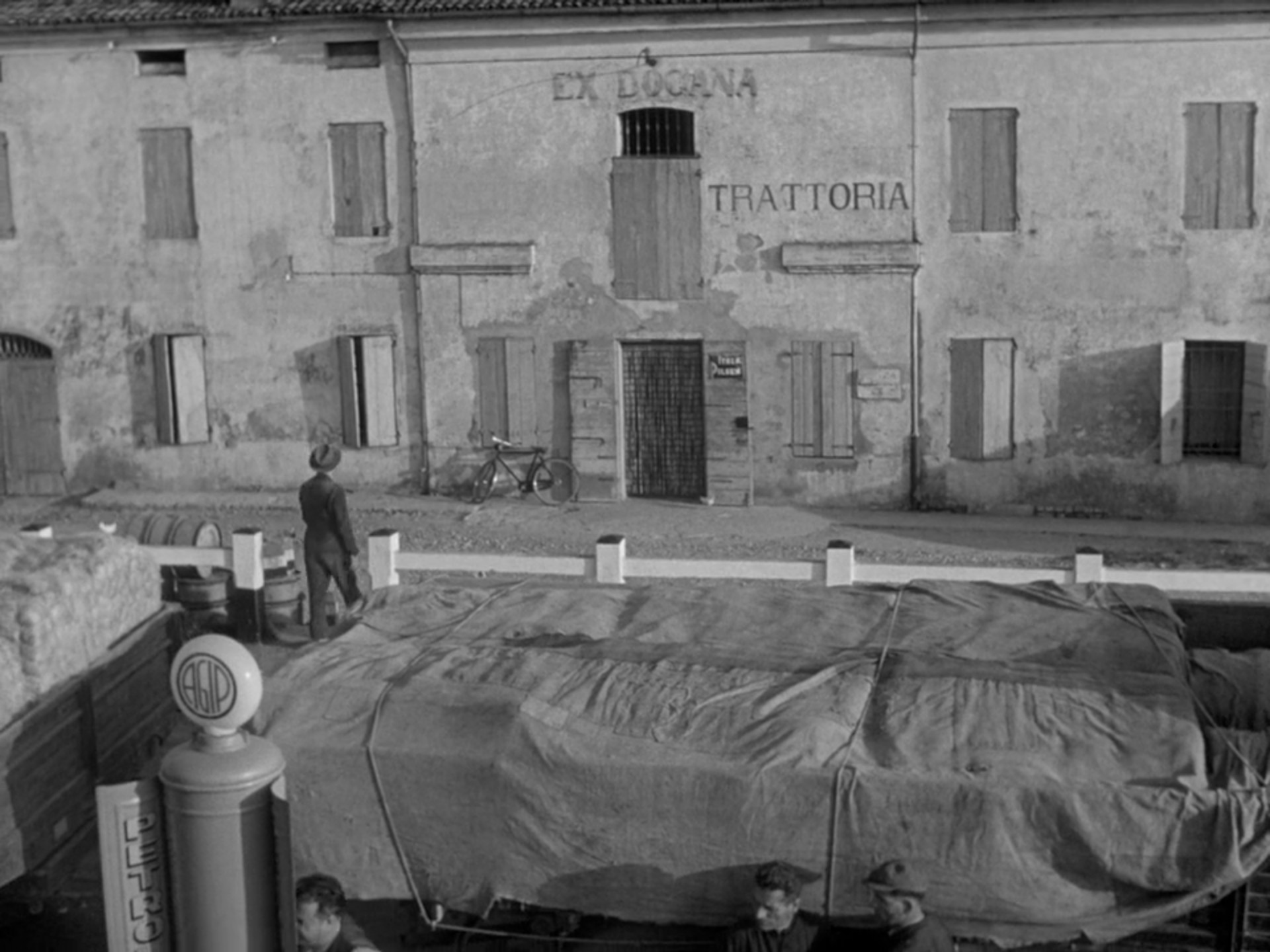
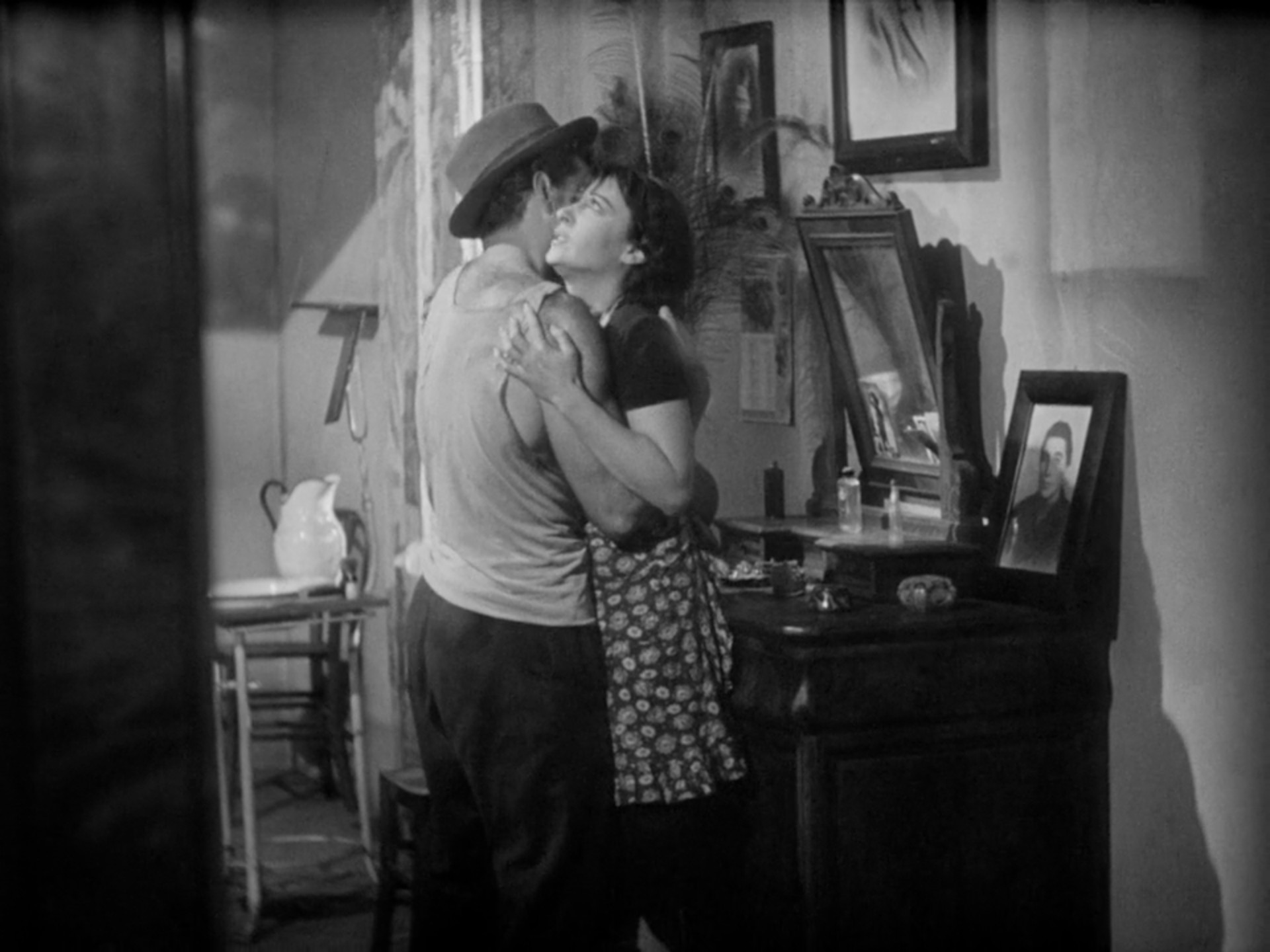
Still, Visconti’s merging of naturalism and fatalism was not exactly unheard of before his remarkable directorial debut. France’s poetic realism gracefully merged the two in the 1930s, seeing directors like Jean Renoir and Marcel Carné navigate tales of moral corruption with a floating visual style that no doubt influences Visconti here. Meanwhile, the fact that the film is based on the 1934 novel The Postman Always Rings Twice binds its roots close to American noirs, even as it introduces a devious femme fatale whose screen presence is far removed from the allure of Barbara Stanwyck or Mary Astor. Clara Calamai is no doubt a beautiful actress, but Visconti does not shroud her in soft lighting and trendy outfits. Giovanna’s lonely dinners in a grimy kitchen reveal a far sadder existence than her Hollywood counterparts, surrounding her with towers of dirty dishes as she reads from a newspaper and eats a bowl of pasta.
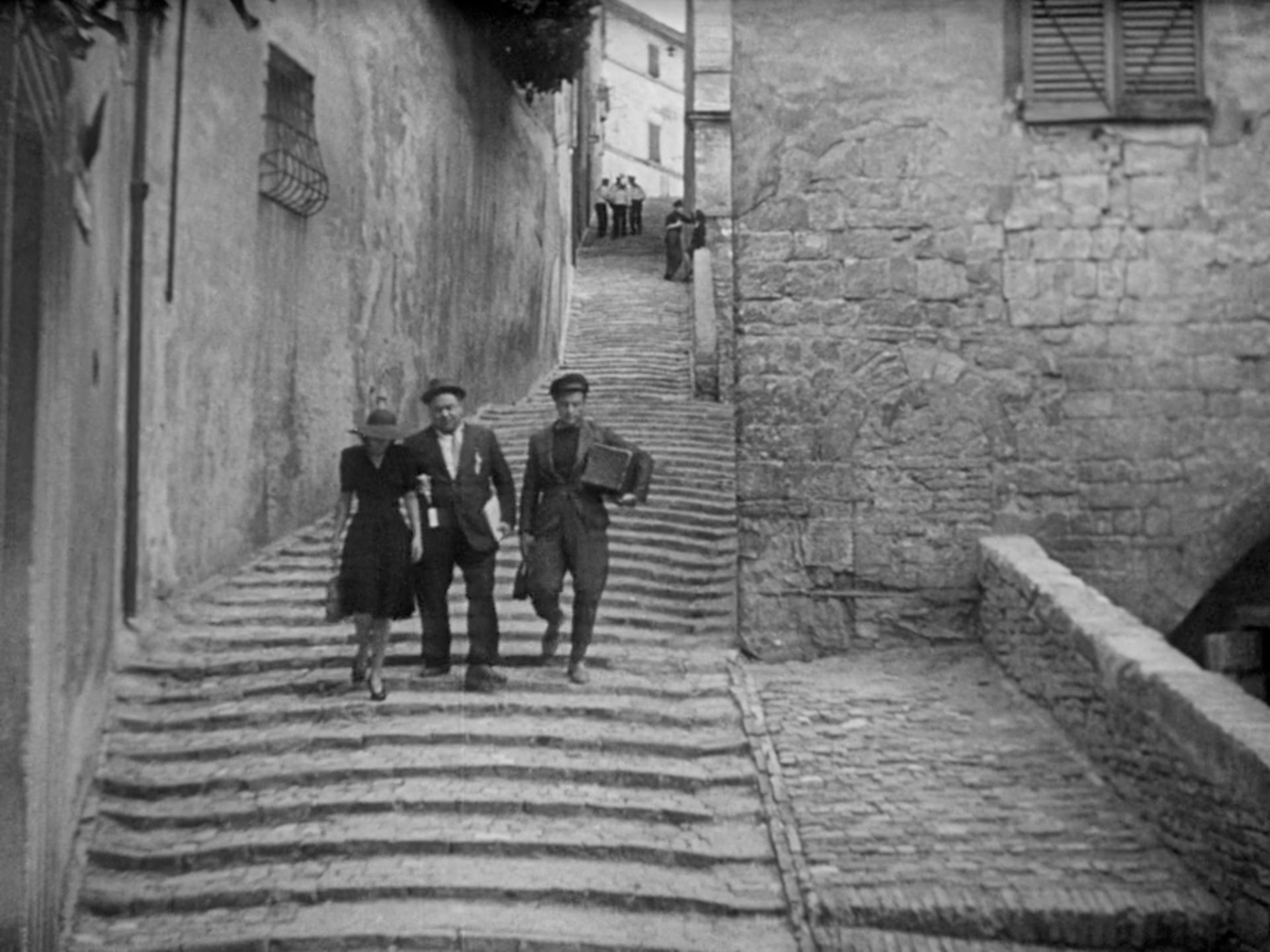
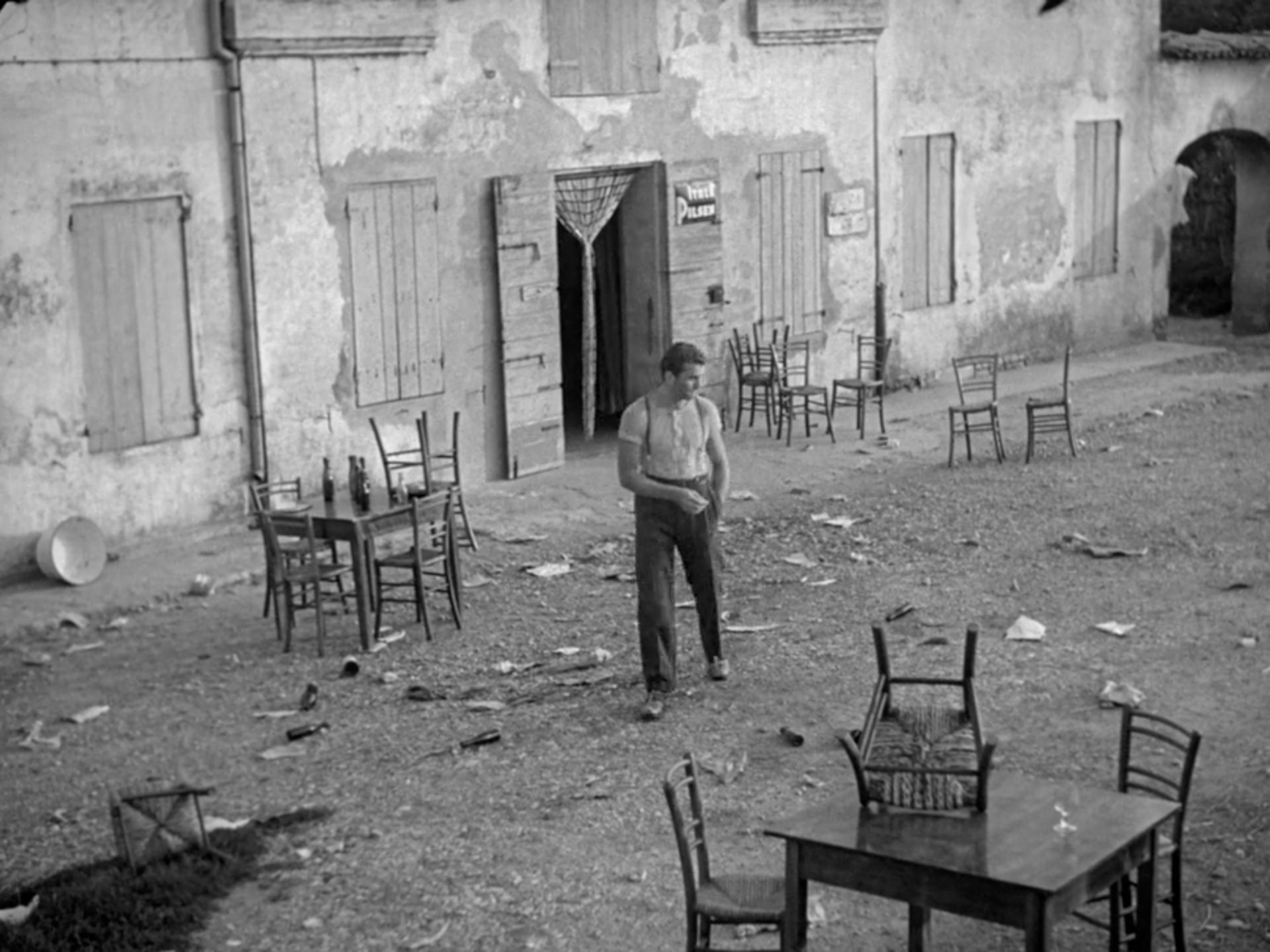
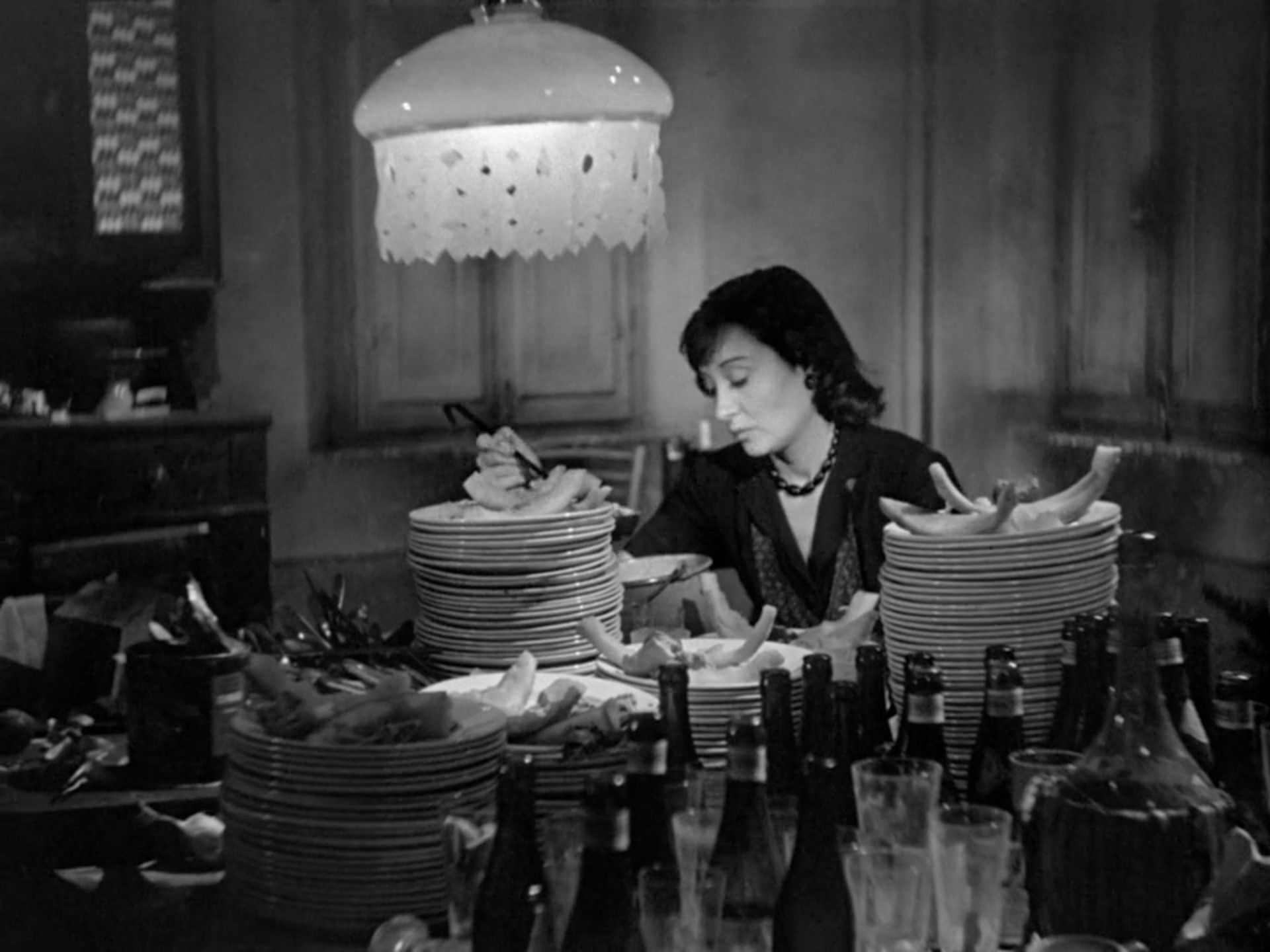
When two young, attractive people such as Gino and Giovanna fall into each other’s orbit then, it is plain to see just how easily their dreams of escape escalate into destructive delusion. After initial talks of murder lead to their first breakup, destiny seems to draw them back together in a bar, coaxing the lovers to believe in a greater force at play. “Before, the world seemed a big place. Now, there is only your shop,” Gino romantically murmurs as an oblivious Giuseppe performs onstage. Putting off their plans any further seems pointless – the time to strike presents itself when all three drive home together, and the two conspirators ultimately find the perfect opportunity to stage a deadly car accident.
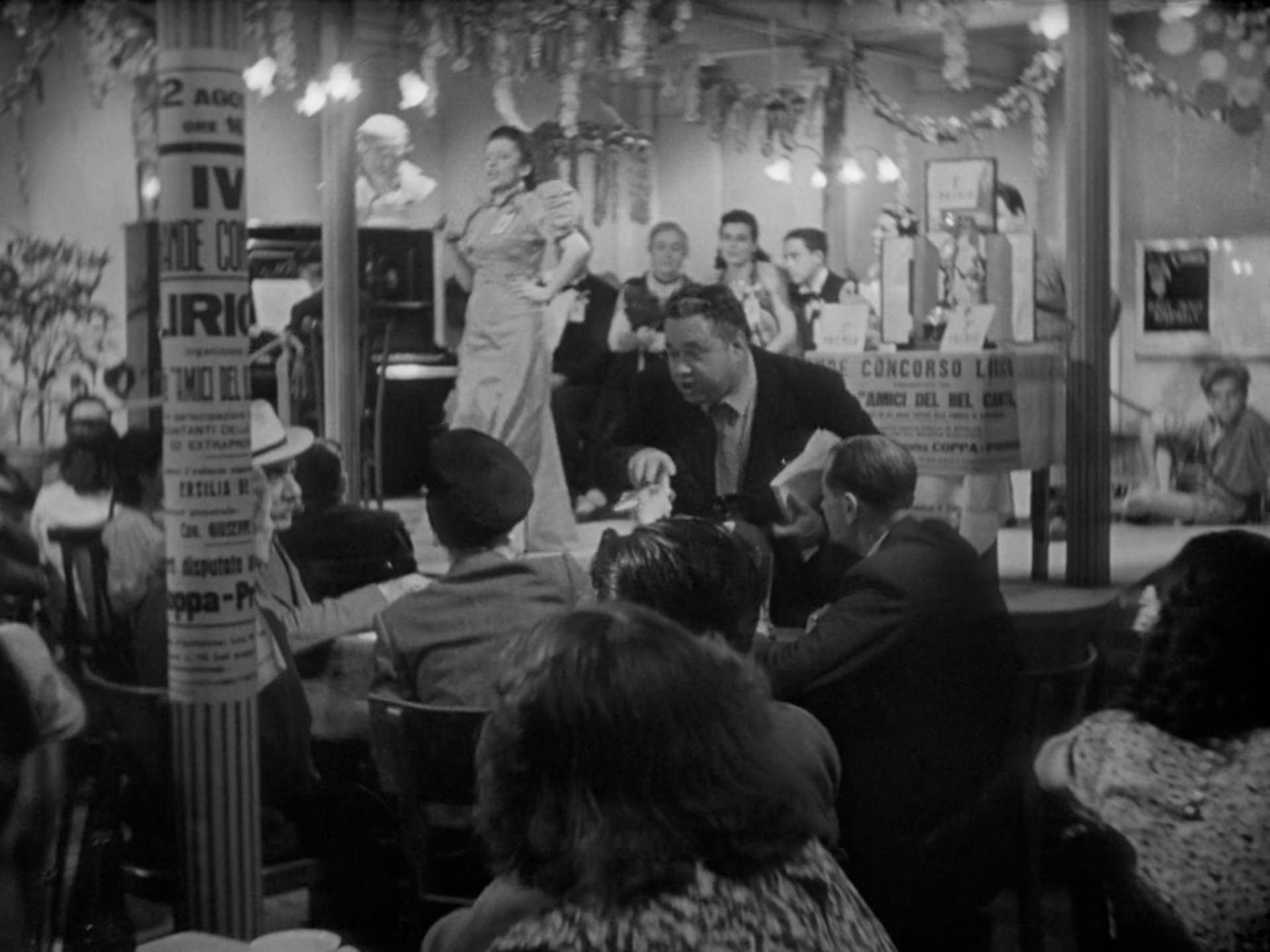
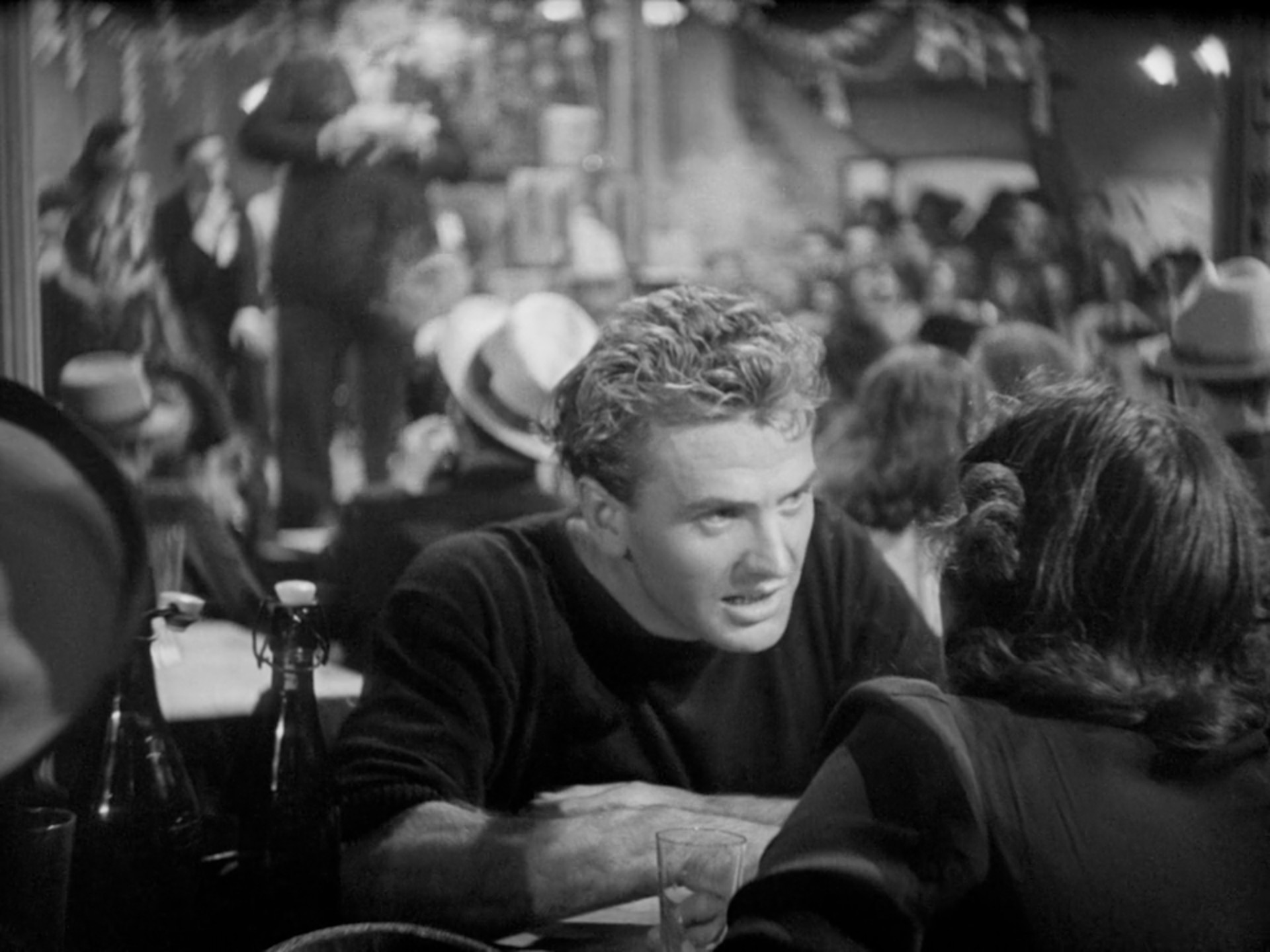
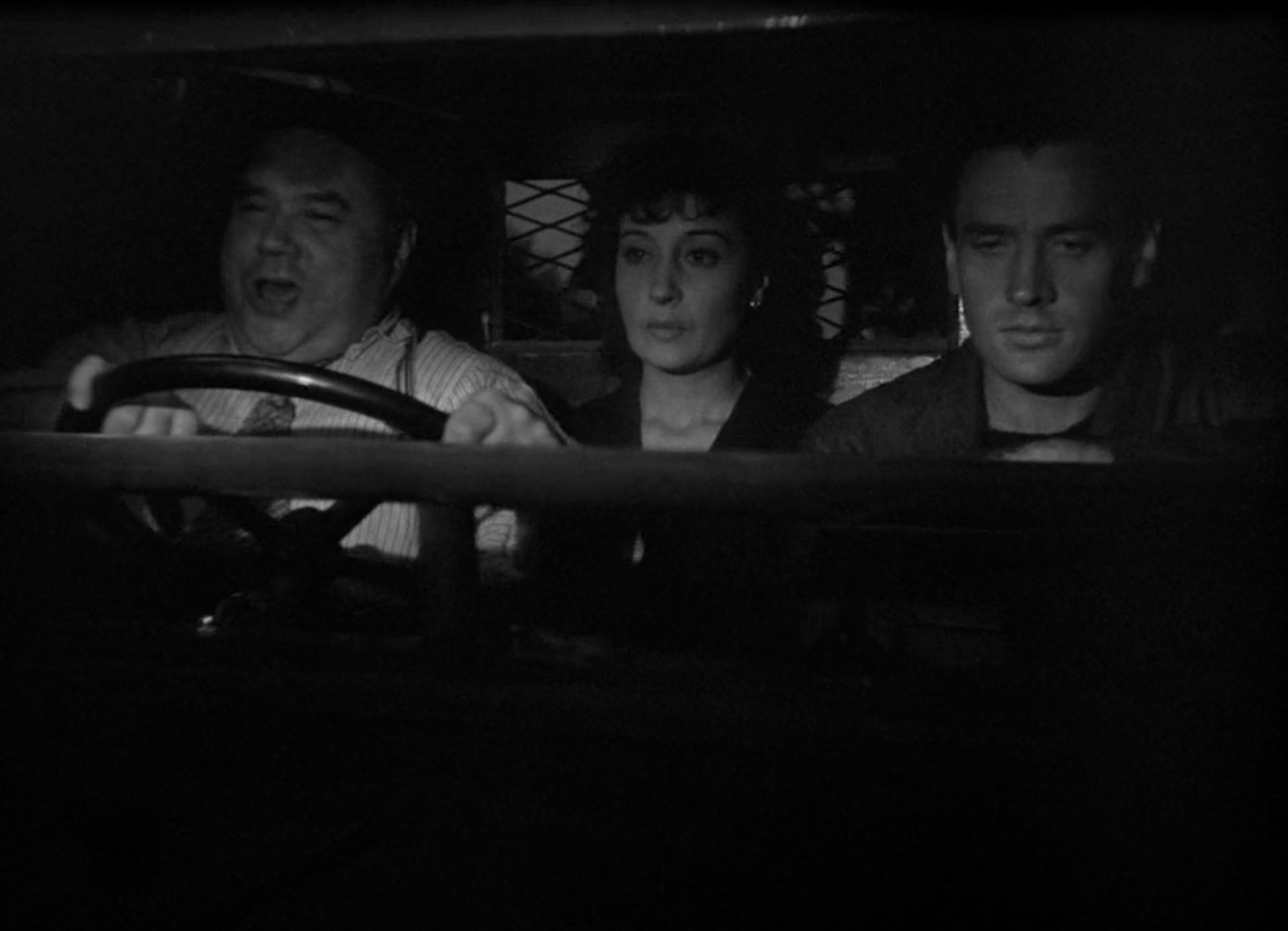
Upon Gino and Giovanna’s return to the tavern, its atmosphere is more unwelcoming than ever, as if recognising the violence that has been inflicted upon its owner. It is dark and quiet inside, resurfacing Gino’s feelings of guilt as he realises what he has done. Giovanna’s desire to reopen shop with him is met with harsh rejection, which is only aggravated further by the discovery that she took out a life insurance policy before the murder. The more distance he places between them though, the greater her jealousy becomes, and Visconti’s camera soaks up the emotional drama as we follow her stalking him through streets. When Gino goes even further and confesses a heavy conscience to his new lover Anita, he is visually trapped behind his bed’s mesh netting in one aptly framed shot, effectively caught in Giovanna’s web while the police close in.
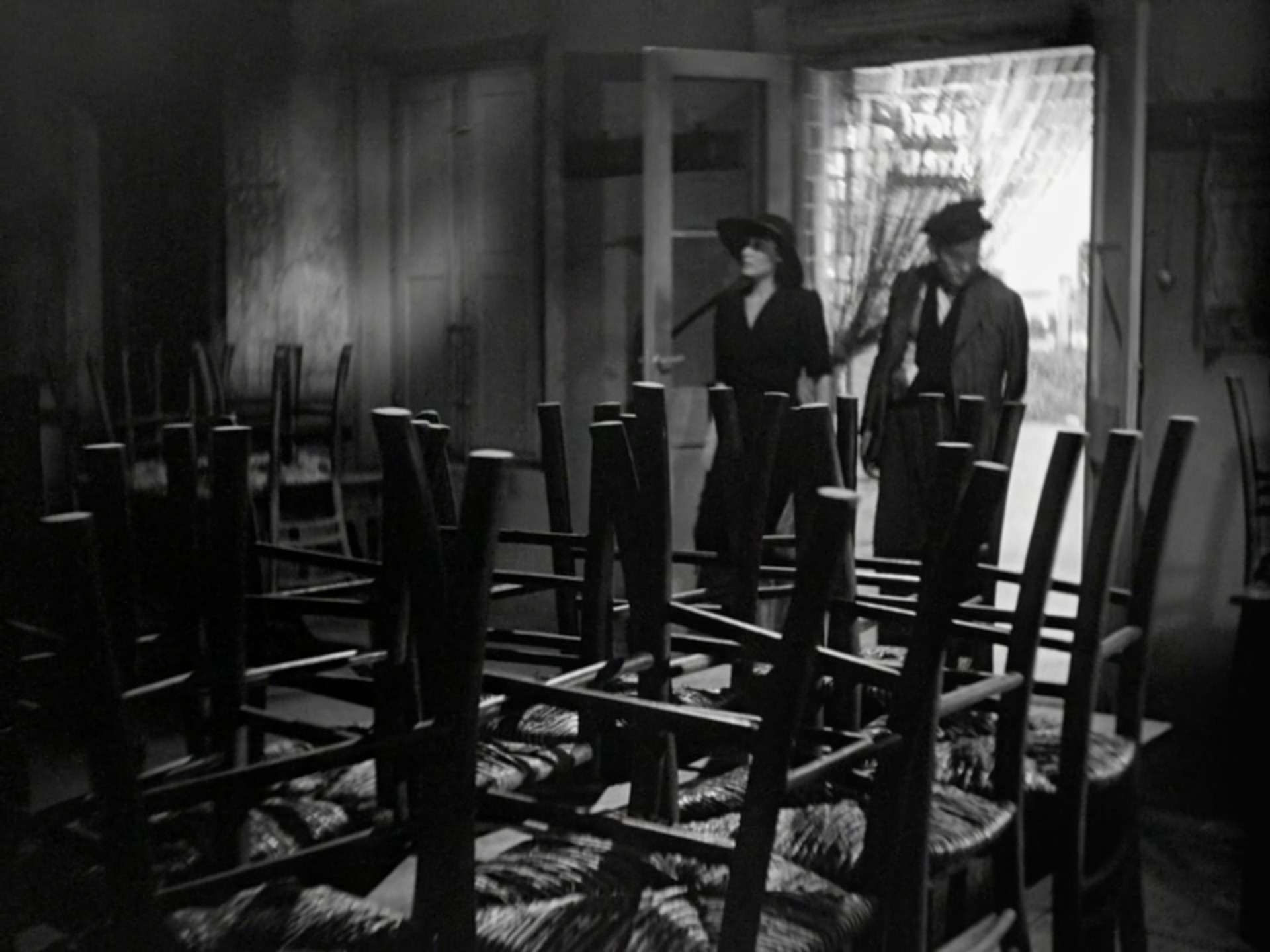
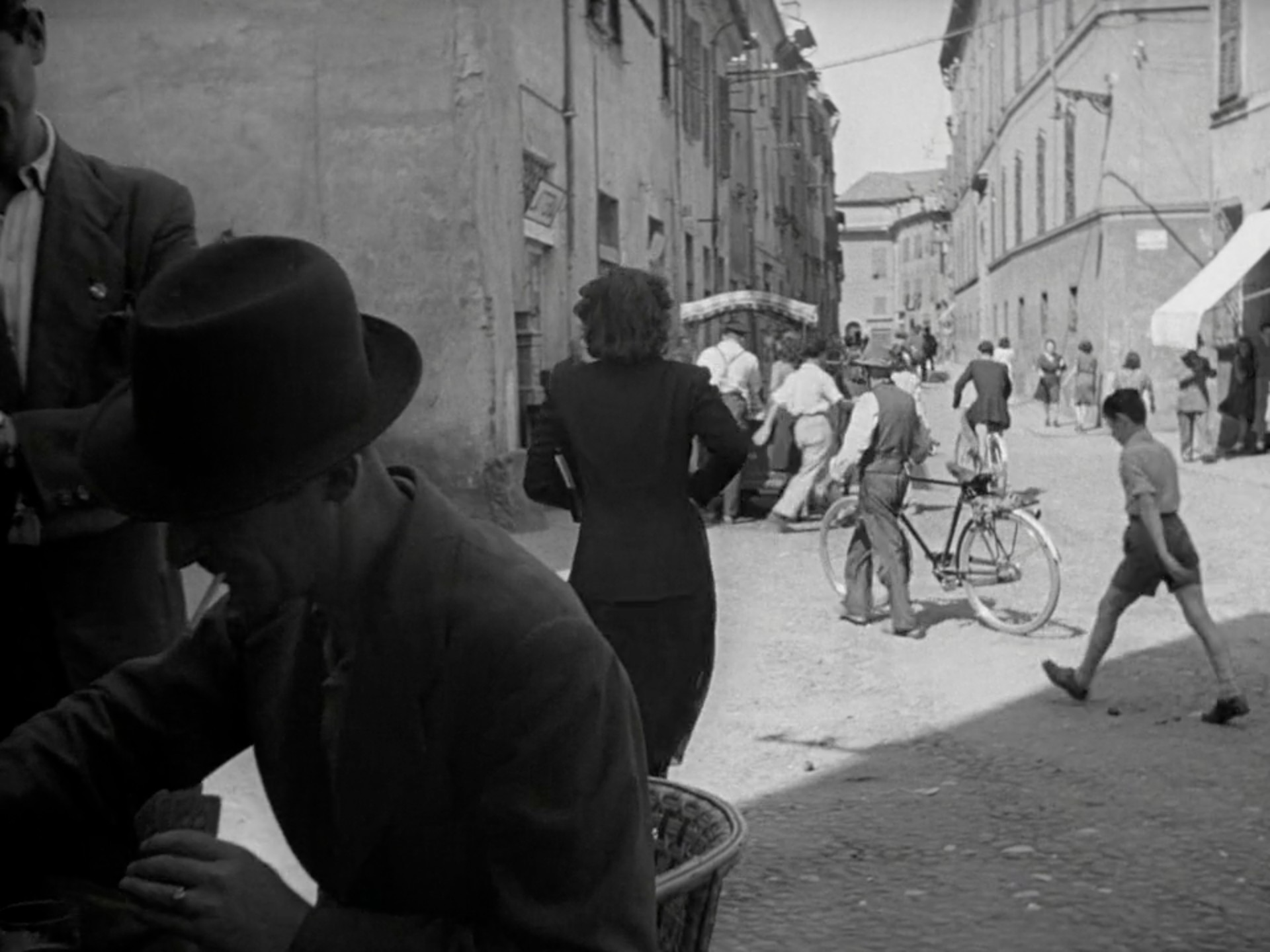
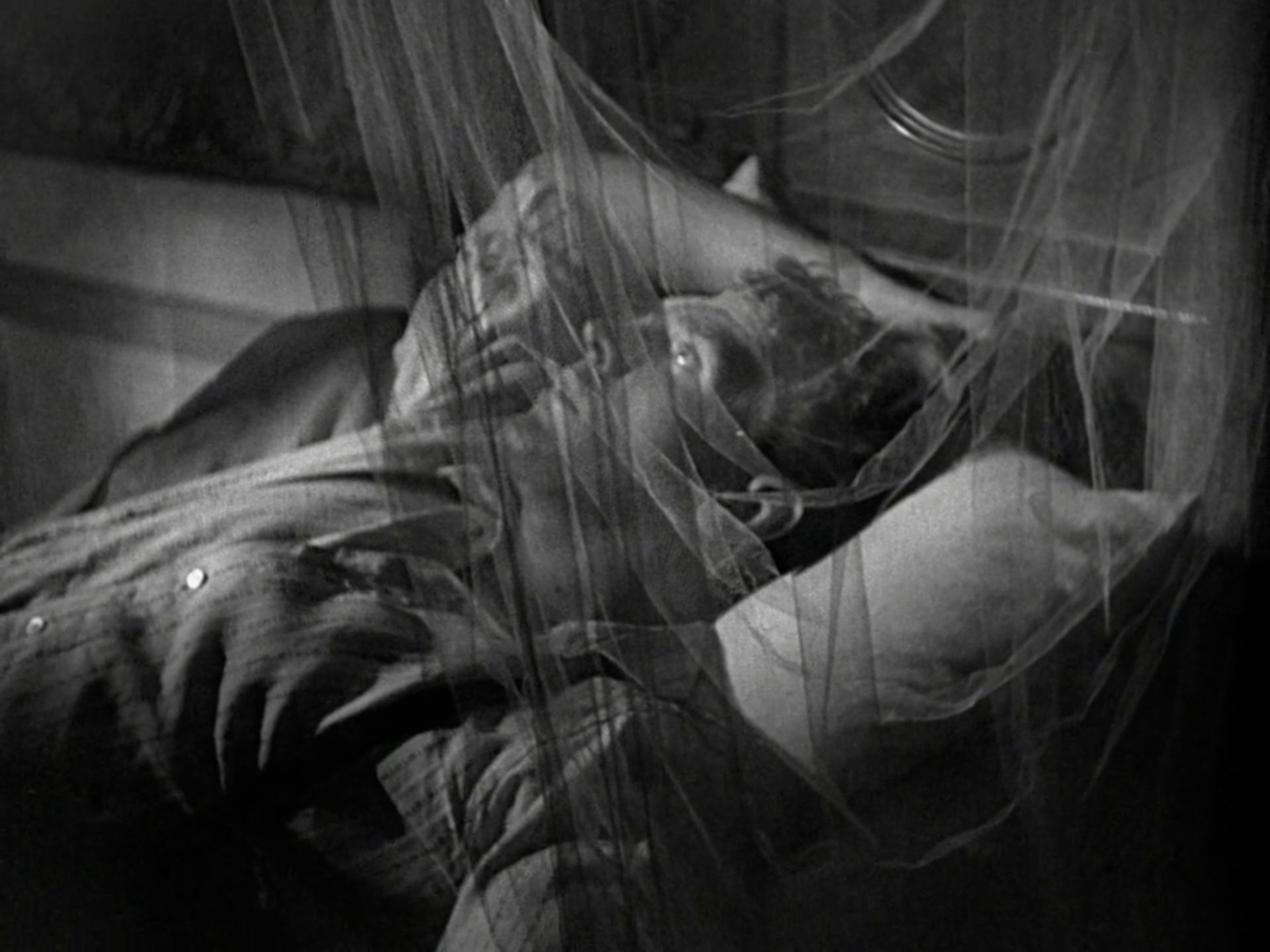
Clearly Gino is not the sort of man to learn from his mistakes though. When Giovanna comes forward with news of her pregnancy, he reconsiders their future together at an empty, overcast beach where they ultimately reconcile. As shallow pools of water catch their upside-down reflections, Visconti composes a scene of meagre romance in this lifeless locale, and even Giuseppe Rosati’s score continues its tense, foreboding melody. Giovanna may finally agree that leaving town is the best course of action, but they are fools to believe that they can simply start a new life together after all they have been through. Besides, that wicked hand of fate isn’t quite done with them yet, drawing Ossessione closer than ever to its film noir contemporaries.
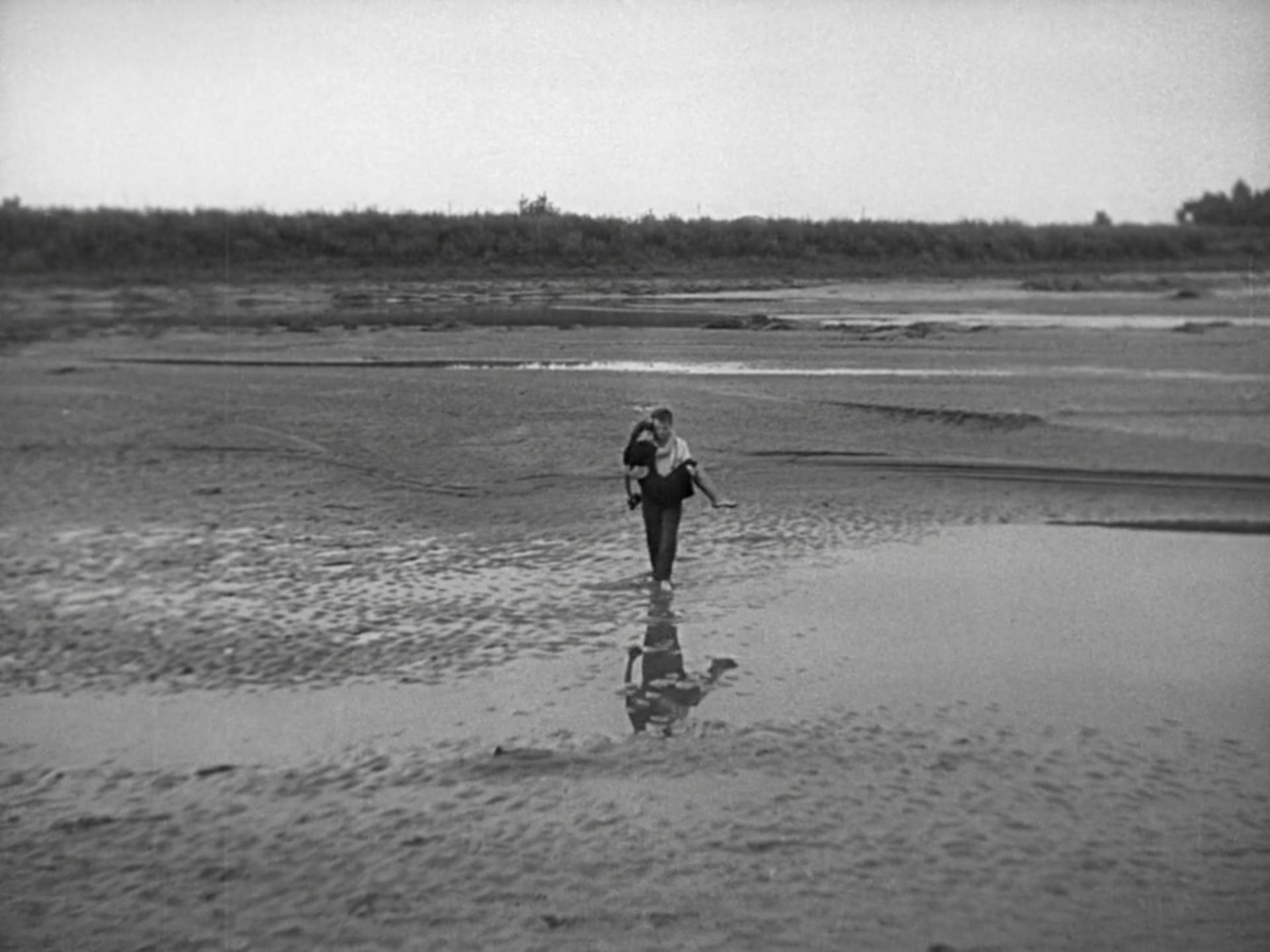
The moment these lovers hit the road, we see inevitable tragedy take ironic shape and finally solidify when Gino tries to overtake a truck passing by an embankment. Just as Giovanna killed her husband by veering his car off-road, so too does her own story end at the hands of another driver, nudging her vehicle down a steep drop and into the water below. That the police should arrive a few moments later as Gino pulls Giovanna’s limp body from the wreckage only twists the knife deeper, delivering a far more degrading punishment to the man who blatantly ignored his own conscience on multiple occasions. Redemption is a luxury that the poor cannot afford in Ossessione, and through Visconti’s unvarnished, cynical naturalism, he adeptly delivers a solemn condemnation of moral decrepitude that cannot be swayed by fleeting hopes or half-hearted regrets.
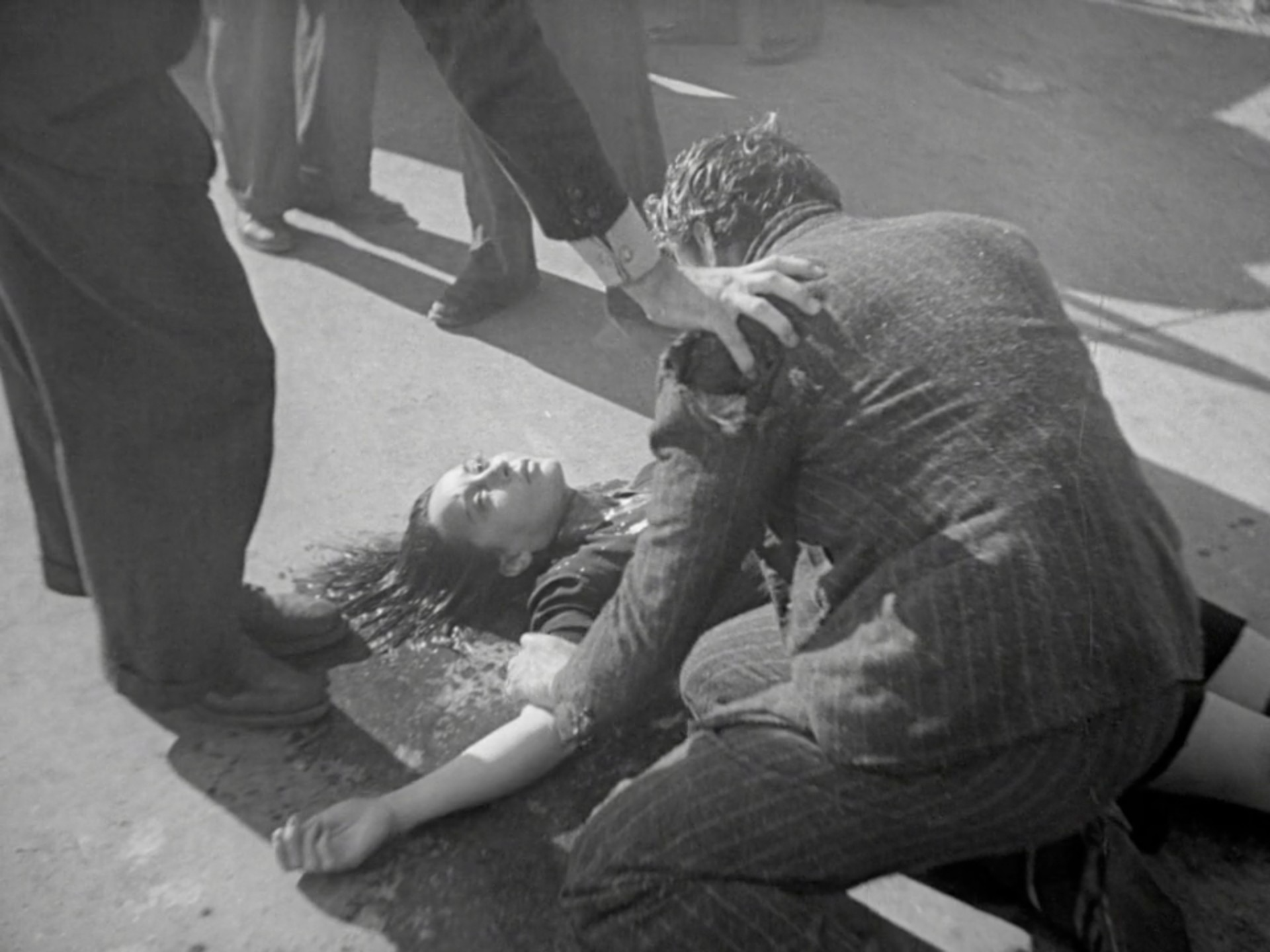
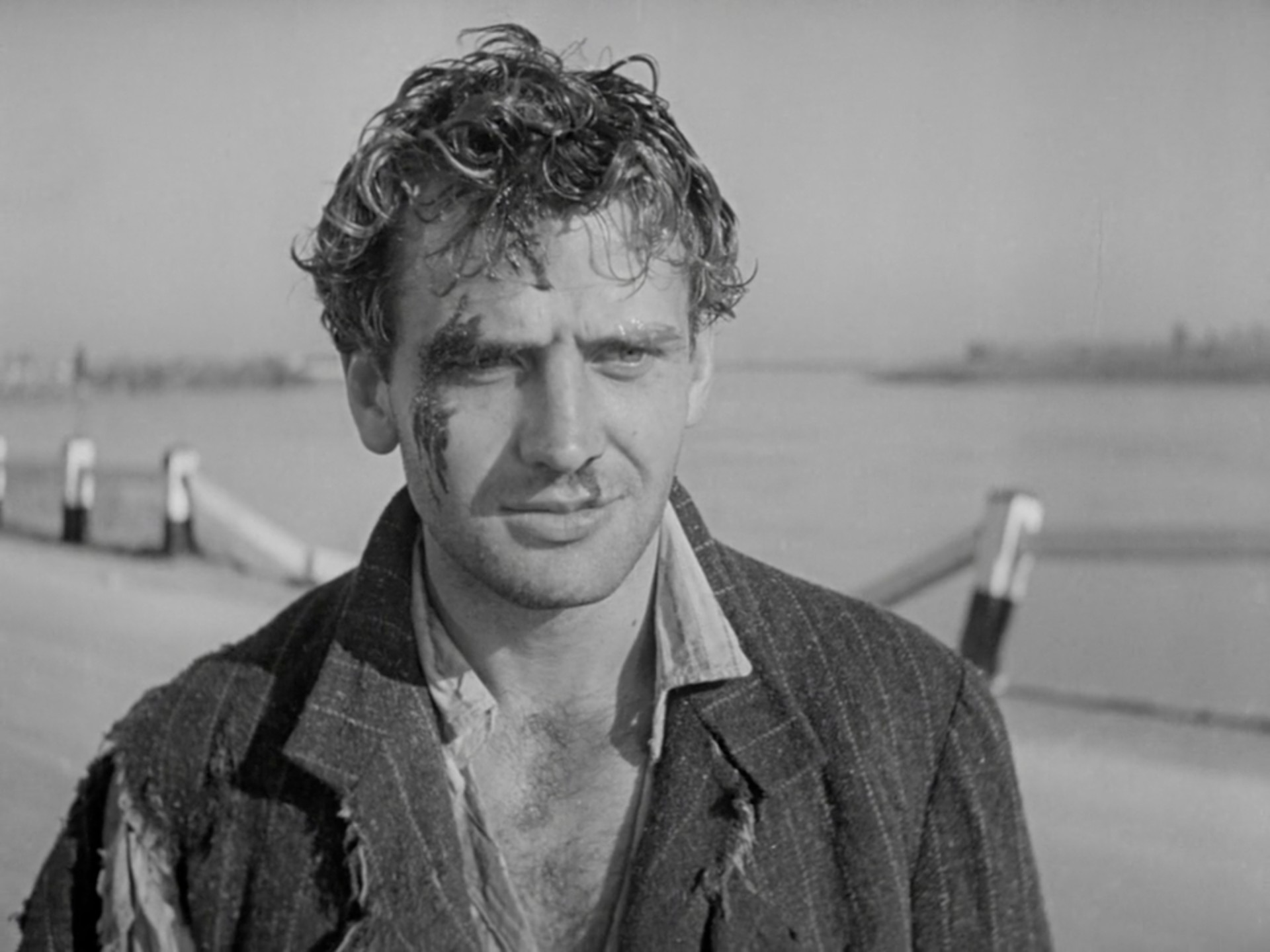
Ossessione is currently streaming on Prime Video.

